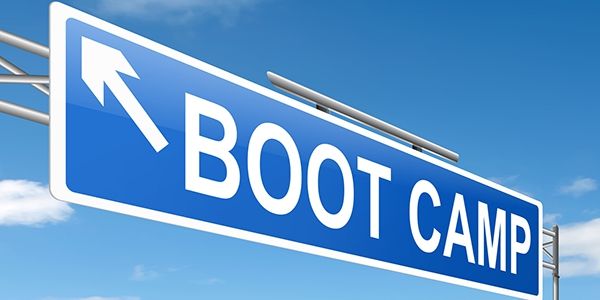Projects Are Complex. Are You Looking After Yourself?
Project professionals are used to stress. Some even wear the demands of their job as a badge of honour.
But work environments are becoming increasingly complex as elaborate programs force project resources to do more with less. Further, many companies are preferring a model of contingent, transactional labour to populate their project teams. While this makes for an efficient way to manage a project’s bottom line, it removes some important psychological protections that full-time workers used to enjoy.
Recognizing that increases in workplace stress seemed connected to important changes in workplace organization, Swedish researcher Per Gustafsson ran a fascinating study in 2011. He and his team recruited 791 adult professionals from northern Sweden and broke them into three groups. Each group represented length of exposure to contingent employment: 0 months, 1-25 months and >25 months. On the morning of the study, each participant “spit in a cup” for the researchers when they first woke up.
From these saliva samples, the team measured the participants’ “cortisol awakening response” (CAR). This is an important test because it tells scientists how much stress your body expects to experience over the coming day. This process is largely informed by the amount of stress you’ve already been under – in other words, if your saliva contains high levels of cortisol when you first wake, your body likely anticipates a rough day ahead.
Gustafsson’s results were illuminating. It turns out, the longer participants had been working in contract jobs, the higher their CAR scores were. People with no contract exposure had an average CAR of 34%, people with less than 2 years had an average CAR of 41% and people with 2 years or more of career instability saw an average CAR of 51%. It’s important to note here that as CAR scores go up, the usual risks to health associated with chronic stress also rise. For this reason, contract workers need to take even better care of themselves than they did when they were working full-time.
Unfortunately, there appear to be some complicating snags.
Another Swedish researcher, Annika Zika-Viktorsson, ran a 2005 study where she investigated burnout-like symptoms that she had discovered among project professionals. People whose job it was to constantly shift attention back and forth between different projects saw a loss of efficiency that they felt was outside their control. As a result, she suggested, these environments had impacts on people’s job satisfaction and perceived levels of psychological strain. When multi-project environments became too chaotic, she called this state, “project overload”.
[widget id=”custom_html-68″]
Zika-Viktorsson gave 392 project workers at 9 different companies in Sweden a self-assessment that measured all kinds of stressful aspects of projects ranging from excessive formalization to lack of personal feedback. These challenges appear in the table below. While many of us have had to contend with the items on this list, it turns out that the one item most likely to create a sense of “project overload” in a project worker was the lack of opportunities for recuperation.
Challenges associated with multi-project environments. Numbers in red are highly associated with “project overload”.
Challenges Correlations with “overload”
Opportunities for recuperation -.23***
Insufficient project routines -.16***
Insufficient time resources -.17***
Number of projects -.14**
Deficient authority -0.09
Challenging project goals -0.08
Excessive formalization -0.06
Personal feedback -0.03
Task resemblance -0.02
More than ever before, it seems there’s never a good time to take a vacation – especially not for project workers. While a project is ongoing, there are always fires to put out. For resources spread across multiple projects, those fires can easily combine to form a 5-alarm blaze. Calmer times between projects, or between project phases might seem like a good time to take a break, but those are usually the times all hands are needed on deck to help plan. This problem of taking time off is even worse for resources who work on contract, or who are measured on “utilization” hours. If these folks haven’t taken time off before a project ends, and haven’t lined up their next job, they likely won’t be able to rest until they’ve found the source of their next paycheque.
It’s tough to say if Gustafsson’s research extends to full-time workers whose jobs depend on the existence of adequate project capacity. It’s also tough to say if Zika-Viktorsson’s “project burnout” applies to single-track project environments. When taken together, however, these two studies paint an important picture. On an airplane, if the cabin depressurizes, you’re supposed to put on your own oxygen mask before helping others. Once you’re incapacitated, the advice says, you’re no good to anyone. In a similar vein, a successful project worker will prioritize his or her own mental health above the needs of their project environment so that they will have the fortitude to see the job through to the end.
But life in today’s project environments isn’t as “grab and pull” as an oxygen mask. Boundaries blur, priorities shift and moving parts smack the unaware in the back of the head. Keeping up with multi-project demands without compromising self-care takes both long- and short-range planning.
That can be easy to forget when yet another project charter flies over your cubicle wall to land on your desk.




